Description
Teach your students the difference between limited and unlimited governments with multiple activities. Human rights will also be examined in this resource.
Your students will start this activity with vocabulary development using Word Wall terms, a vocabulary activity and a game on Boom Learning™. They will then answer questions with a preview assignment comparing visuals from two different types of government. They will then read, discuss questions, and take Doodle Notes on the different types of limited and unlimited governments. Once your students have learned about the different types of government, they will learn about Human Rights violations around the world. You can conclude your lesson with a review game on Boom Learning™ examining different types of limited and unlimited governments in a scenario game.
With this purchase, you will receive:
– 14 beautiful Word Wall images with key vocabulary for the unit including: constitutional monarchies, unlimited government, limited government, refugee, human rights, oligarchy, totalitarian, authoritarian, democracy, genocide, persecution, monarchy, theocracy, and republic
– a vocabulary activity that will also serve as a pre-reading assignment
– a vocabulary game on Boom Learning™
– two different handouts with images for the preview
– six pages of content on: limited government including constitutional monarchies, democracies and democratic republics, unlimited governments including authoritarian, monarchy, theocracy, and oligarchy, and human rights issues (includes ELL Reading) – a map activity on human rights
– a card sort and game on Boom Learning™
⭐Please download the preview to see a portion of the resource. ⭐
6th Grade Social Studies TEKS
(9) Government. The student understands the concepts of limited and unlimited governments. The student is expected to:
(A) describe and compare examples of limited and unlimited governments such as constitutional (limited) and totalitarian (unlimited);
(B) identify reasons for limiting the power of government; and
(C) identify and describe examples of human rights abuses by limited or unlimited governments such as the oppression of religious, ethnic, and political groups.
(10) Government. The student understands various ways in which people organize governments. The student is expected to:
(A) identify and give examples of governments with rule by one, few, or many;
(21) Social studies skills. The student applies critical-thinking skills to organize and use information acquired through established research methodologies from a variety of valid sources, including electronic technology. The student is expected to:
(A) differentiate between, locate, and use valid primary and secondary sources such as computer software; interviews; biographies; oral, print, and visual material; and artifacts to acquire information about various world cultures;
(B) analyze information by sequencing, categorizing, identifying cause-and-effect relationships, comparing, contrasting, finding the main idea, summarizing, making generalizations and predictions, and drawing inferences and conclusions;
Please review all product descriptions and previews. If you have a question, contact me before you purchase at SocialStudiesSuccess1@gmail.com. As this is a digital product, all sales are final.
❤️ Dawn

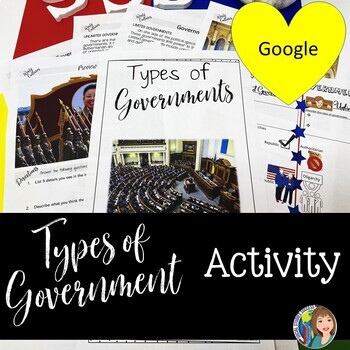
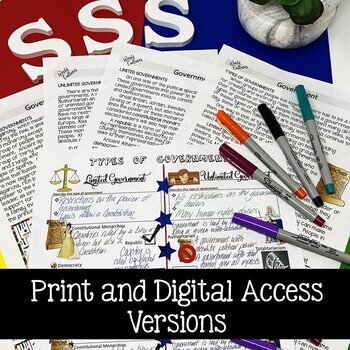
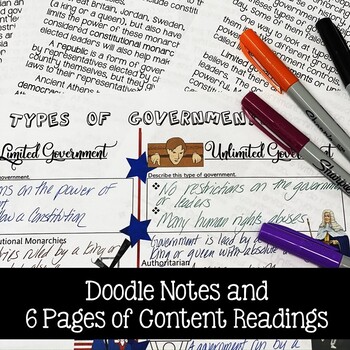
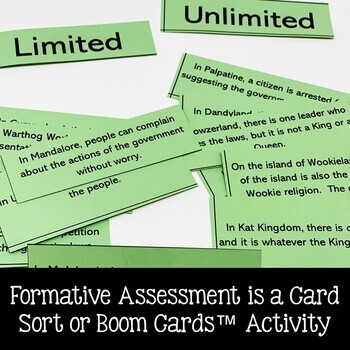
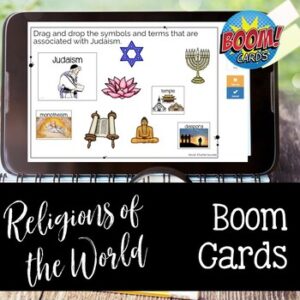


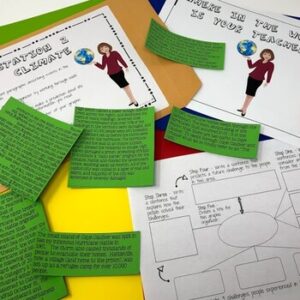
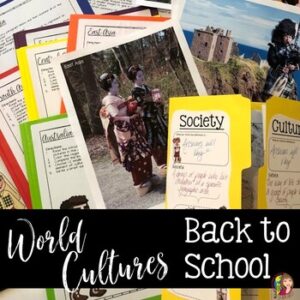
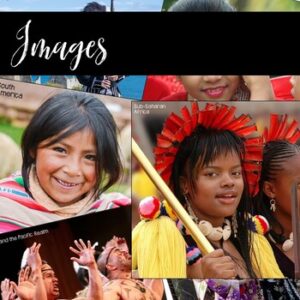
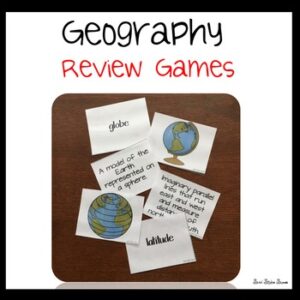
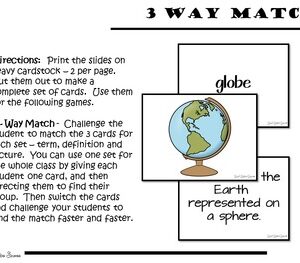
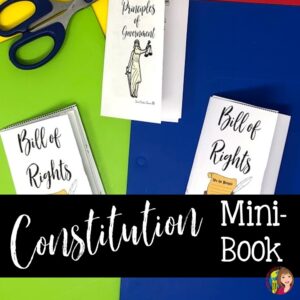

Reviews
There are no reviews yet.